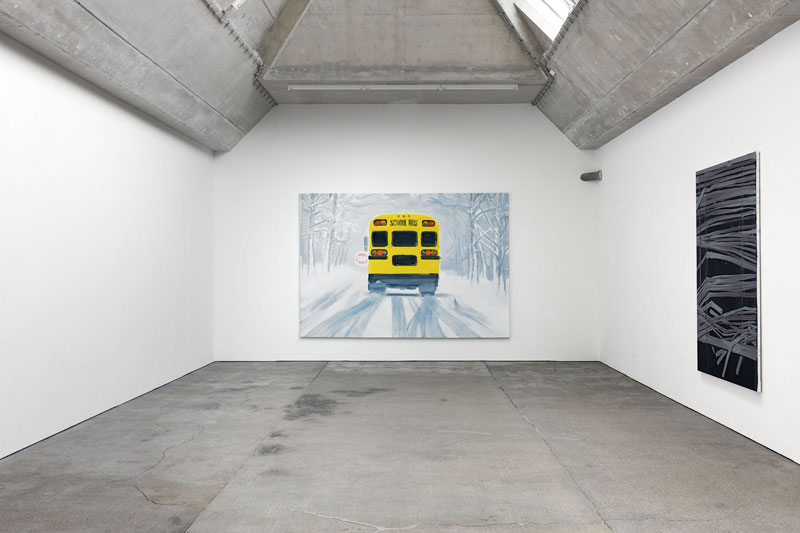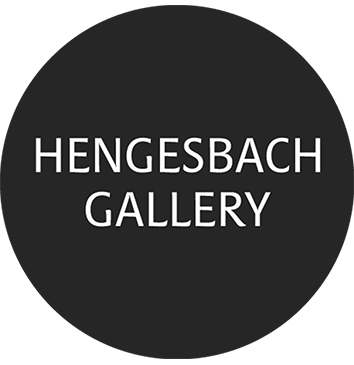Markus Willeke
September 1 – October 20, 2012
With the unrestrained, physical immediacy of his painting, Markus Willeke creates a counterpoint to American Pop Art. In contrast to the billboard aesthetic, characterized by graphic grids, Willeke’s gestural brushwork aligns more closely with the impulsiveness of graffiti and street art. His quick and powerful painting style gives the works a unique force and presence.
What connects Willeke to Pop Art is the immediacy of his images—they assert themselves in an instant, rather than serving as the beginning of a narrative. The power of the paintings emerges from the brilliance of color contrasts and the surge of paint matter, which seems to flow across the surface like a massive wave. The paintings give the impression that their content arises effortlessly from the act of painting itself—spontaneously invented in the moment of creation. This spontaneity lends them their authenticity.
The directness of the paint application, the luminosity of the colors, and the speed and confidence of the brushstrokes give the works both a magical certainty and a sense of fleeting intangibility. Earlier works by Willeke depict icons of American popular culture that ignited the imagination of 1990s European youth: imagery from The Simpsons and South Park, video game heroes, McDonald’s restaurants, pizza boxes. These paintings unfold as an inventory of a media-influenced youth consciousness. In their fictional nature, they simply exist—offering no space for detached reflection. They straightforwardly portray the subcultural offshoots of media-stimulated fantasies and brilliantly capture the moment when the surrogates of the virtual world take on a sense of permanence.
Willeke’s more recent works often depict boundary situations—a pane of glass, a water surface, a window blind, or the thicket of a field. An impenetrable barrier dominates the foreground, preventing the viewer from accessing what lies beyond; one remains stuck on the surface. The paintings leave behind a sense of unease about what might be lurking behind that surface. In this way, the motifs represent a further development of visualized consciousness, understood as an uncontrollable transition—like the tip of an iceberg whose base remains elusive.
Markus Willeke thus makes the very function of the image in a media-saturated world his subject. He illustrates how images silently cross the threshold of our awareness and take root unnoticed.
Installation Views


Installationviews Hengesbach Gallery, 2012
